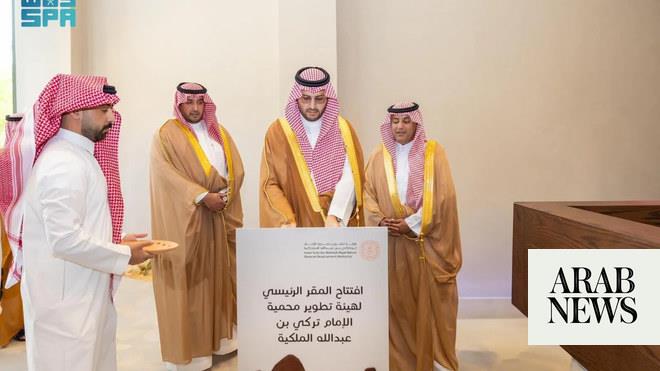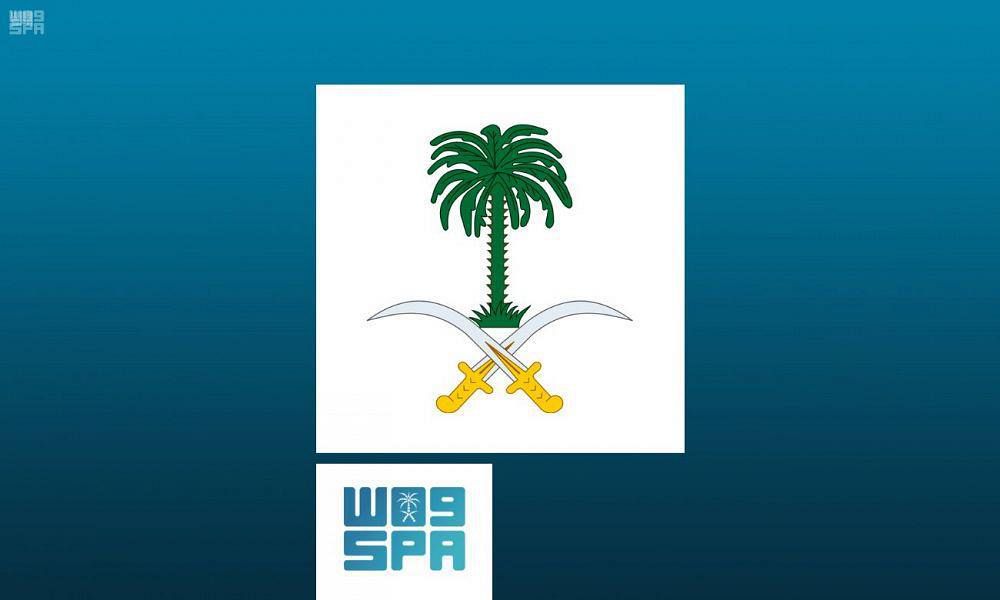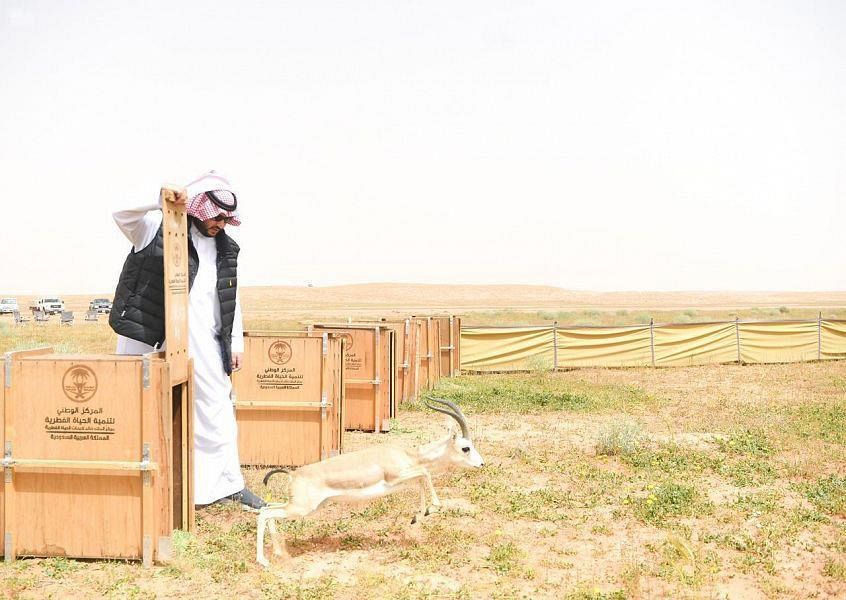
RIYADH: The development department at Imam Turki bin Abdullah Royal Reserve has restored natural wildlife in northeastern Saudi Arabia by resettling, breeding and increasing animal, bird and reptile populations, the Saudi Press Agency reported.
Over the past four years, efforts to protect endangered animals such as the Arabian oryx, sand gazelle, houbara bustard and red-necked ostrich have led to significant population increases after animals were released to thrive, restore their ecological roles and reproduce.
Aligned with Saudi Vision 2030 and the Saudi Green Initiative, which aims to improve quality of life and protect future generations, the reserve’s vegetation cover has also flourished.
Since 2018, vegetation cover has increased from 1.5 percent to 6.7 percent. This growth is the result of three successful desert afforestation projects completed in 2023, with more than 593,700 trees planted, the SPA reported.
Covering 91,500 sq. km, the reserve hosts diverse species, trees, plants and grasses crucial to ecosystem balance. It has more than 179 plant species, including 113 seasonal and 66 perennial varieties.
The vegetation cover has become a haven for a wide range of birds, which are vital to preserving the balance of the ecosystem by controlling insects, small rodents and carrion.
Bird-nesting activity has been observed, alongside a return of sand cats, wild cats, foxes, honey badgers and desert hedgehogs.
The reserve is also experiencing a resurgence of reptiles such as lizards and snakes, alongside a thriving insect population.











